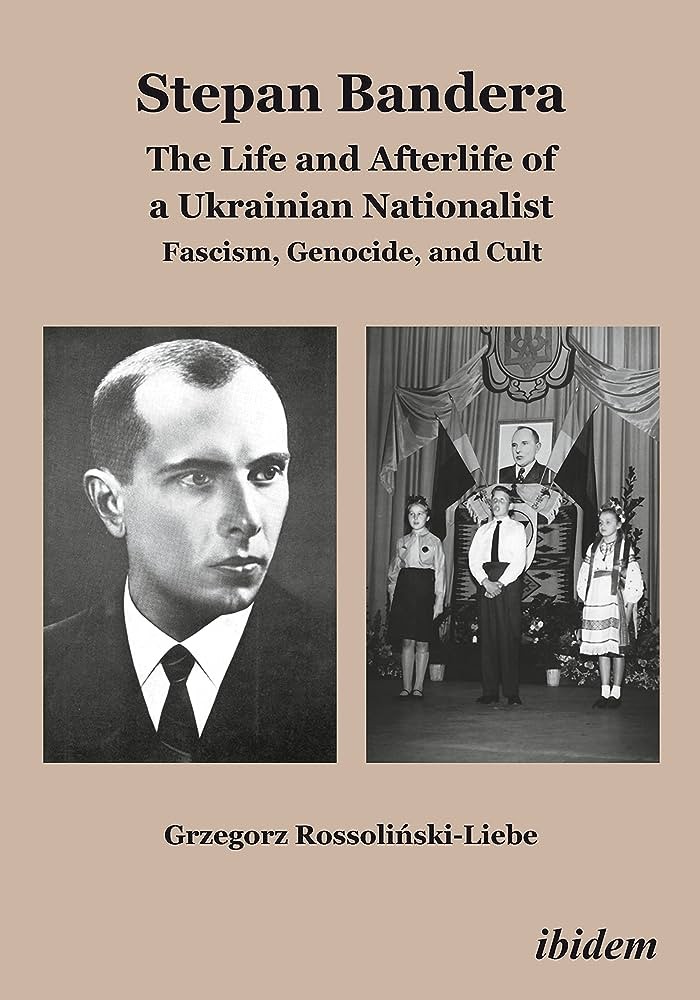

Most ebook files are in PDF format, so you can easily read them using various software such as Foxit Reader or directly on the Google Chrome browser.
Some ebook files are released by publishers in other formats such as .awz, .mobi, .epub, .fb2, etc. You may need to install specific software to read these formats on mobile/PC, such as Calibre.
Please read the tutorial at this link: https://ebookbell.com/faq
We offer FREE conversion to the popular formats you request; however, this may take some time. Therefore, right after payment, please email us, and we will try to provide the service as quickly as possible.
For some exceptional file formats or broken links (if any), please refrain from opening any disputes. Instead, email us first, and we will try to assist within a maximum of 6 hours.
EbookBell Team

0.0
0 reviewsThe Life and Afterlife of a Ukrainian Nationalist is the first comprehensive and scholarly biography of the Ukrainian far-right leader Stepan Bandera and the first in-depth study of his political cult. In this fascinating book, Grzegorz Rossolinski-Liebe illuminates the life of a mythologized personality and scrutinizes the history of the most violent twentieth-century Ukrainian nationalist movement: the Organization of Ukrainian Nationalists and its Ukrainian Insurgent Army.Elucidating the circumstances in which Bandera and his movement emerged and functioned, Rossolinski-Liebe explains how fascism and racism impacted on Ukrainian revolutionary and genocidal nationalism. The book shows why Bandera and his followers failed -- despite their ideological similarity to the Croatian Ustaša and the Slovak Hlinka Party -- to establish a collaborationist state under the auspices of Nazi Germany and examines the involvement of the Ukrainian nationalists in the Holocaust and other atrocities during and after the Second World War. The author brings to light some of the darkest elements of modern Ukrainian history and demonstrates its complexity, paying special attention to the Soviet terror in Ukraine and the entanglement between Ukrainian, Jewish, Polish, Russian, German, and Soviet history. The monograph also charts the creation and growth of the Bandera cult before the Second World War, its vivid revivals during the Cold War among the Ukrainian diaspora, and in Bandera's native eastern Galicia after the dissolution of the Soviet Union.